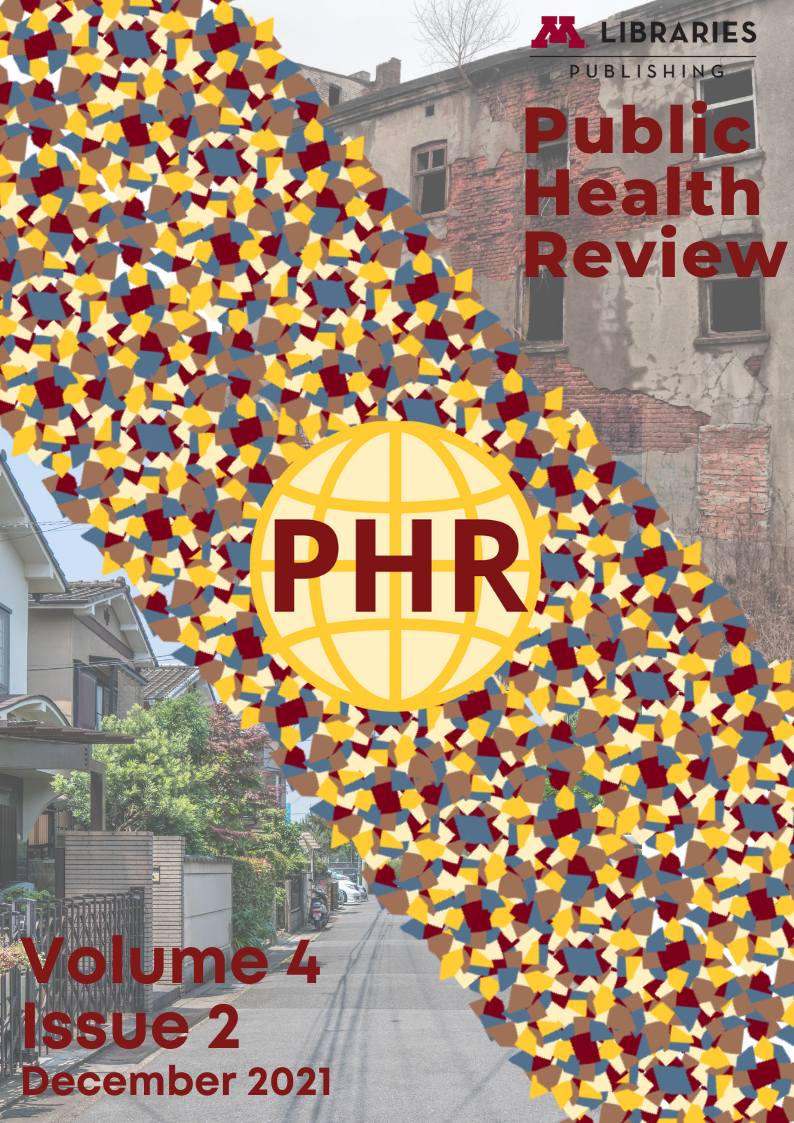Are Low Income Rural Adults Exposed to More Innovative Medicaid Dental Policies? A Comparative Analysis
Jason Semprini
University of Iowa
Abstract
Purpose: Compared to metro and urban populations, low-income adults in rural regions are disproportionately confronted by barriers to improving oral health outcomes. Financial constraints and rural professional shortages extend periods of forgone dental care, ultimately leading to tooth decay. Left untreated, prolonged tooth decay increases the risk of complete tooth loss by age 65. Despite the critical importance of Medicaid as the source of access, dental programs within Medicaid remain highly variable across the country. This study aims to better understand Medicaid dental policy variation from a rural population perspective, and identify how states adapt their oral Medicaid programs to better serve beneficiaries in rural settings.
Methods: Publicly available data from the Centers for Medicare & Medicaid, Kaiser Family Foundation, American Dental Association, and Center for Connected Health Policy were used to construct a state-level Medicaid dental benefit policy dataset. Next, the proportion of low-income rural adults living in states with various Medicaid dental policies were compared with the proportion of non-rural counterparts.
Findings: Low-income rural adults were less likely to live in states with innovative Medicaid dental policies. The gaps were widest for comprehensive managed care programs (R=59%, NR = 68%), teledentistry coverage (R = 17%; NR = 34%), and state oral health action plans (R = 27%, NR = 43%).
Conclusions: Comparing dental policies across states, rural populations were less likely to be targeted for innovation. This study highlights opportunities for states to improve rural oral health by transforming service delivery and better accommodating rural dental environments.



